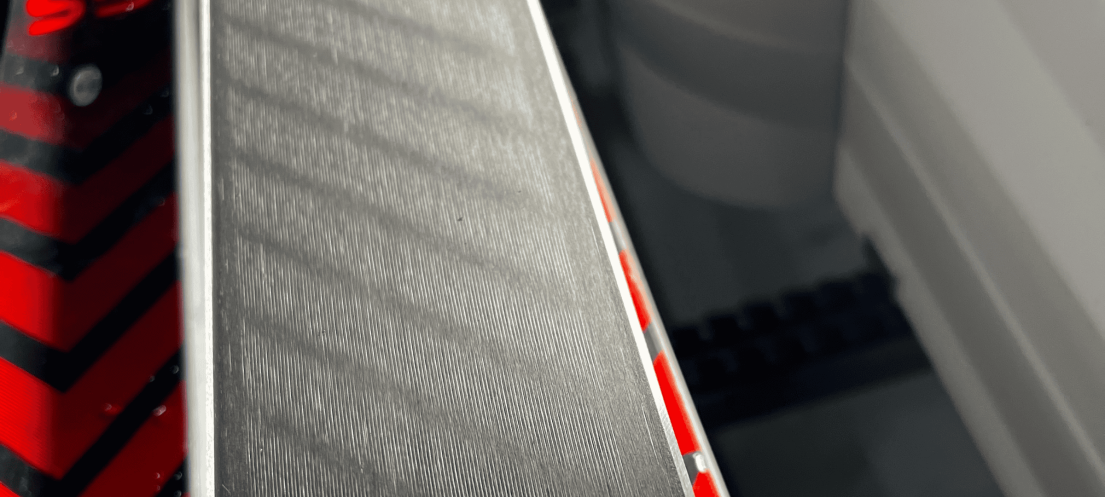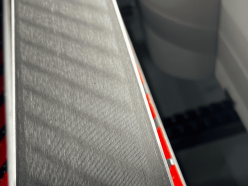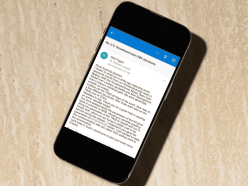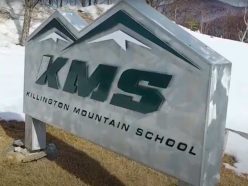You want to win races? Then you need to understand ski grinds. It's not just about making your ski bases look pretty; it's about maximizing performance on the hill. Let's dive into what you need to know.
What is a Ski Grind?
Simply put, a ski grind is the process of flattening and structuring the base of your skis. When skis come from the factory the bases aren't perfectly flat. They have a specific structure that the ski manufacturer has chosen for that model of ski. This structure (or grind) is created by a stone grinding machine. It is made up of a series of cuts, called boats, that are a specific size and depth and orientation to each other. This structure is crucial to how your skis interact with the snow. Base grinding is done with a stone. Belt grinding can be useful for the removal of material during the pre-grinding process; however, it leaves an imperfect surface that must later be stone ground to achieve a flat ski with a consistent surface.
Because of the lack of flatness of most snowboards on the market, they are often ground on a belt machine. However, most snowboards can be stone ground to achieve reasonable flat results. Performance race boards are typically much higher quality and therefore much easier to grind flat. No matter what, a stone grind on a snowboard will make a difference, even if it does not make it 100% flat.
For grinding skis, Race Tech uses a Wintersteiger Scout, with a 200mm stone. More on the Wintersteiger Scout, and why its stone width is important in another blog post later. While talking about ski grinding, and my Scout, it’s also worth noting, that all major ski manufacturers and the ski teams from the most competitive countries use Wintersteiger ski service machines.
Check out Wintersteiger's Racing Partners and the machines they use.
Why is Grinding and Structure so Important?
Think of your ski base as a tire. Different tire treads perform better in different conditions. The same goes for ski base structure.
Structure optimizes water management. Water is not on top of snow. It’s in the snow. Skis under pressure while skiing makes water. Ski structure is meant to evacuate the water you create by gliding across it. If air temps are higher, the melting temperature of the snow is lower. Therefore, you create more water. Additionally, how the structure interacts with the snow crystal affects how the ski will turn on the hill. It will affect how the water is displaced from under the ski, based on temp. The right structure for the snow conditions optimizes glide speed.
Alpine vs. Nordic: What's the Difference?
While the principles are the same, alpine and Nordic ski grinds differ significantly. Nordic skis rely heavily on structure for both glide and grip. Alpine skis are focused solely on glide, but either way, structure is a critical factor, especially in racing. Nordic structures tend to be more varied and complex to handle the diverse conditions found on a Nordic racecourse.
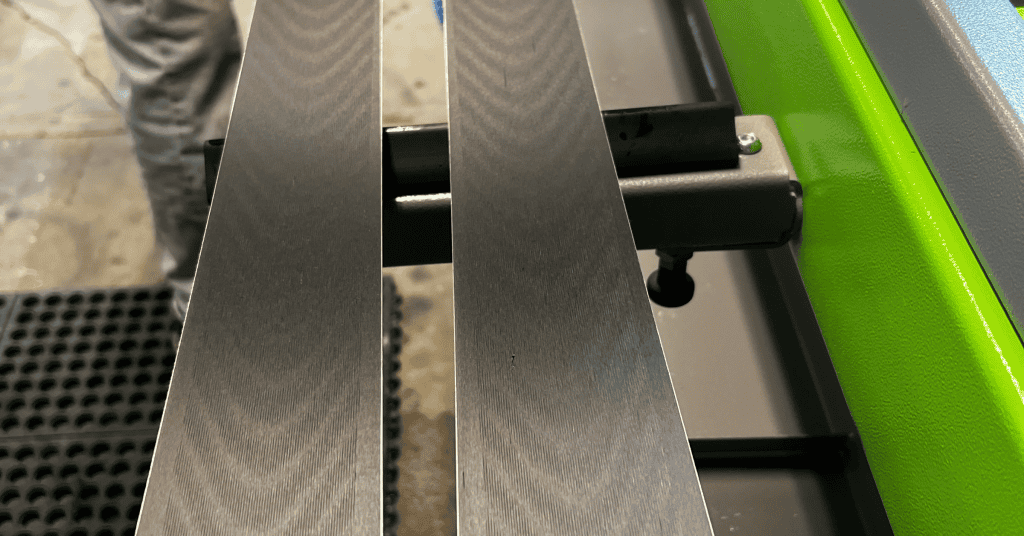
Types of Alpine Ski Base Grinds
There's no single "best" grind. The ideal structure depends on the intended use and snow conditions. Here are some common types:
- Cold Grinds: Fine broken linear structures designed for cold, dry snow. On cold crystalline snow, the ski base should be as smooth as possible to minimize friction in these conditions and to help prevent base burning.
- Warm Grinds: Coarser structures that excel in wet, warm snow. They channel water away from the base and reduce suction.
- Universal Grinds: Medium structures that offer a balance between cold and warm snow performance. They're a good choice for variable conditions.
- Specific Alpine Grinds: Many specific alpine grinds have been developed over the years for very specific temperatures, humidity, and snow crystal types. Typically, this comes more heavily into play for speed events where gliding is paramount.
Generally speaking, a more aggressive structure has more depth, width, and length. A shallower, tighter, shorter structure is less aggressive. Coarser structures on cold aggressive snow will make the ski want to track more, which could make them harder to turn. Tight fine structures will not channel water as well in warm high moisture-content snow. Also, something to keep in mind – the snow on chemically treated race courses is different from “regular snow” (whether natural or man-made) and man-made snow is also different from natural snow. In certain situations, on race hills, even when air temperatures are high, a finer structure is more appropriate. This is where the knowledge and experience of your ski service technician can make a huge difference.
The Right Base Grind
This is where experience and expertise come in. At Race Tech, we consider several factors:
- Snow Temperature: Is it cold, warm, or in between?
- Snow Moisture: Is the snow dry, wet, or somewhere in the middle?
- Snow Crystal Type: New snow? Transformed snow? Old, dirty snow? Chemically treated snow? Man-made or natural snow? This affects how the ski interacts with the snow.
- Discipline: Speed events (Super G and Downhill) vs Tech events (Slalom and GS) benefit from slightly different structures.
- Ability: Adult or Junior racer? Strong conditioned athlete vs new to racing?
When Do Your Skis Need a Base Grind?
- New Skis: Most skis benefit from a grind out of the box. Factory structures are often generic universal grinds. (Note: If the ski’s base bevel from the factory is appropriate for the skier, “skiing it in” for a couple of days prior to its first grind, does produce a better grind.)
- Base Damage: If you have significant scratches or core shots, a grind is essential. After any core shot base repair, skis must be ground for proper repair.
- Performance Decreases: If your skis feel slow, even after waxing, it might be time for a grind. Even if your base condition looks great, your base bevel does increase with time, so your ski does need to be ground periodically.
- Changing base bevel: If you wish to change your base bevel down (say going from .7 to .5) you will have to have the ski ground to achieve the lower base bevel. However, going up in base bevel does not require a base grind.
- Regular Maintenance: Even with good care, skis should be ground periodically. As noted above, even if your base condition looks great, your base bevel does increase with time. Most Speed Skis (DH and SG) need a base grind 1x per season. Grinding frequency for Tech Skis (SL and GS) varies depending on the factors listed previously in this post. Typically 2 – 3 grinds per season is average. Grinding frequency for recreational skis varies based on many factors. If you think they need a grind, they probably do. Bring them into the shop for an assessment. Worth noting – you don’t need a base grind every time you get a machine tune. Taking your skis in for a side edge sharpening every 10-15 days on snow will make skiing more fun.
- When you notice base burn: When the skis look a little grey right near the edge material – get your skis ground immediately. Just like a little water erosion in your backyard erodes the landscape exponentially once it starts, once you notice a little base burn, your base will degrade significantly, and quickly. Preventative grinding during the season will remove less base material than waiting to grind until you have significant base burn.
The Race Tech Difference
At Race Tech, we don't just run your skis through a machine and give you a “one size fits all” tune. We take a thoughtful and scientific approach.
- Analysis: We carefully assess your skis and discuss your needs.
- Precision: We use state-of-the-art Wintersteiger stone grinding equipment and proven techniques learned from years of grinding for the U.S. Alpine Ski Team.
- Customization: We tailor the grind to your specific skis, conditions, and preferences.
- Experience: I've seen it all, and I know what works.
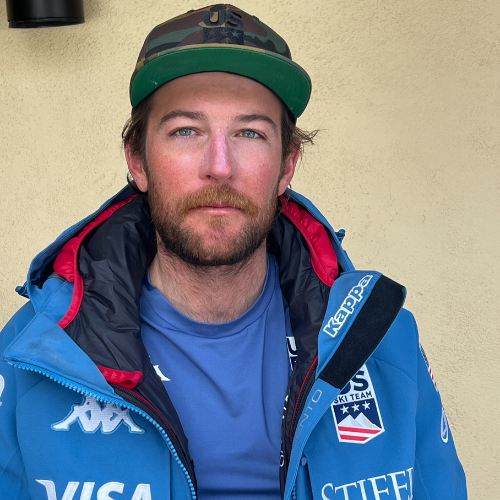
The U.S. Ski Team Men's NorAm group has been using Mike beers for ski grinding going on 5 years now. He produces a great and consistent product which we have come to use as a baseline for ski set up. This is an invaluable tool. If you don't know where you are starting you cannot figure out where you need to go. The consistency and tolerances of his grinds are world class.
Mike Bansmer
U.S. Ski & Snowboard Men's Alpine NorAm Head Coach
Pro Tips for Alpine Ski Racers
Don’t be fooled by all the fancy CNC grinds you see out there on the internet. A fancy “cheetah” pattern is not necessarily faster than the tried-and-true broken linear racing grinds in use on the World Cup. If you are going to experiment with a new base grind that you have not skied before or don’t know the efficacy of, don’t do it the day before race day.
Immediately after stone grinding, your skis will initially temporarily run a little slower for a short period of time. Don’t worry, it will never actually “make the ski slow”. Your skis will get faster as you ski them back in. You should get some extra wax into your bases after each stone grind via Infrared Waxer and do a good brushing, then go ski.
Don't Guess, Get Your Ski Ground
If you're serious about alpine ski racing, don't leave your ski performance to chance. A proper base grind can make a significant difference. Come see us at Race Tech Ski Service, and let's get your skis dialed in for speed.
Want to learn more? Check out our Grind product description and pricing on our online store skituningtools.com

